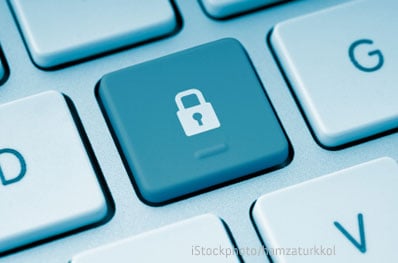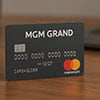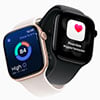 I’m a big fan of cloud sync storage services and regularly use Dropbox, Google Drive and SkyDrive to store and share files. To keep my information safe, these services encrypt my files while they’re in transit from my computer to their servers, but many store these files unencrypted; so if hackers were to break in or get a hold of my password, they could read my information. And even those that use encryption on their servers can be compromised by a bad actor at the company who has access to the encryption keys.
I’m a big fan of cloud sync storage services and regularly use Dropbox, Google Drive and SkyDrive to store and share files. To keep my information safe, these services encrypt my files while they’re in transit from my computer to their servers, but many store these files unencrypted; so if hackers were to break in or get a hold of my password, they could read my information. And even those that use encryption on their servers can be compromised by a bad actor at the company who has access to the encryption keys.
Frankly, most of my files wouldn’t be of interest to hackers, but there are a few files I need to keep locked down–tax returns, business documents, etc. For these, I use software that encrypts the files on my computer before they’re sent to my cloud sync service.
There are a number of good, free options, including TrueCrypt, SecretSync and BoxCryptor. I've been using BoxCryptor because it supports Windows, Mac, Android and iOS and works with Dropbox, as well as Google Drive and SkyDrive. And like the other encryption solutions, it’s easy to use.
Here’s how it works. You install the software on your computer and it creates two folders or drives. There’s one folder or drive where you save the files you want to encrypt, and where you can also work on them. In the case of BoxCryptor, the software creates a virtual drive which contains the that looks like another hard drive on your computer.
Any time I save a file into the virtual drive a copy is placed in the second folder, which sits in my Dropbox folder. It’s those files that sync to Dropbox.
BoxCryptor runs in the background, automatically decrypting and encrypting files stored in the virtual drive and making sure the latest copy is in the Dropbox folder.
When I want to access files, I open them from the virtual drive or through the BoxCryptor app on my Android or iOS device.
There's one critical thing you need to fully understand before you start using encryption software like BoxCryptor. You will lose all of your files if you forget your password and log out of all of your devices and computers. So pick that password carefully!

















From Gail Randolph on August 28, 2012 :: 11:41 am
I would like to be able to share your articles on our FB page. but you do not have any FB link buttons.
Is there a reason? or will you be adding them?
Reply
From Josh Kirschner on August 28, 2012 :: 11:50 am
Hi Gail,
We would love for you to share our articles! You should see a Facebook icon at the top (next to the title) and bottom of every article. You can also just copy the url link and paste that into your Facebook status - Facebook will automatically pull in the related article information.
Reply